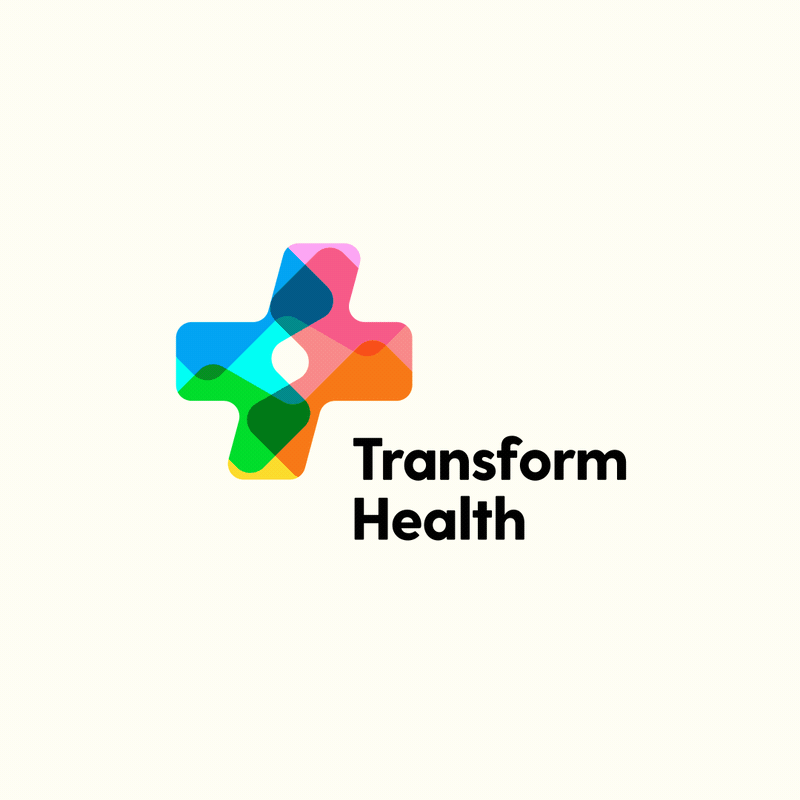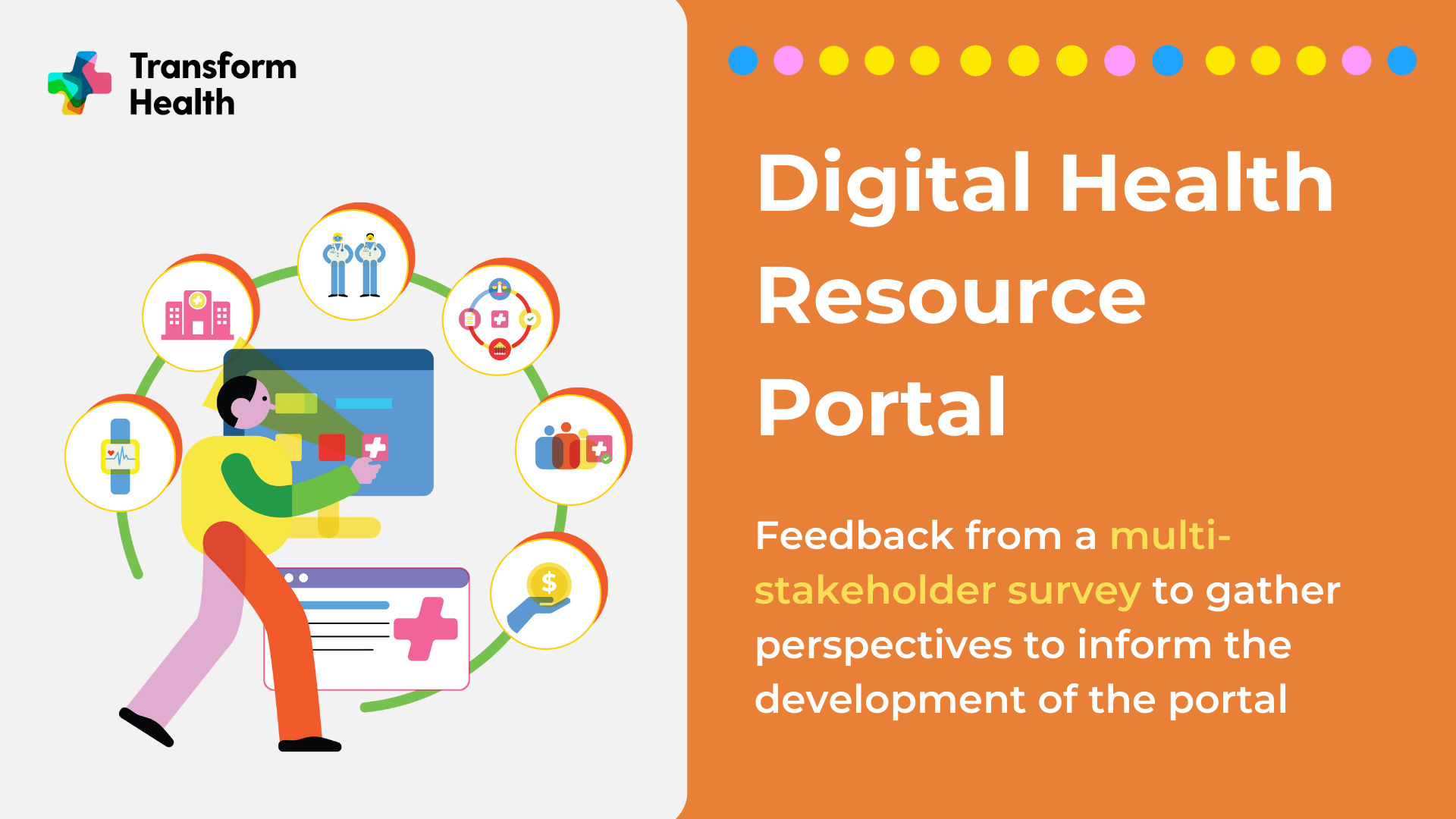In its report Closing the digital divide: More and better funding for the digital transformation of health, Transform Health highlighted the lack of publicly available information on current funding levels and gaps in domestic and external funding for digital health, particularly for low and lower-middle income countries.
As part of a new Global Initiative on Digital Health (GIDH), the development of a digital health resource portal is currently under consideration with the aim of optimising investment and alignment with country priorities. Working with WHO and the G20, Transform Health is facilitating a multi-stakeholder consultation to inform the development of the resource portal, including carrying out an online survey and key informant interviews to gather initial insights ahead of the final G20 Health Working Group and Health Ministers’ meeting in August 2023.
Further consultations will take place over the coming months to allow for in-depth discussions to help shape the portal, ensuring it responds to the needs of users and to build wide stakeholder buy-in.
Key perspectives from the consultation so far:
So far, 34 organisations have shared their views on the potential uses, audience, scope and functionality of the portal. They represent civil society; implementing / technical partners; intergovernmental organisations; multilateral donor agencies; academia; and private foundations. Here is what they told us:
1. A portal to track investments in digital health will help to address several challenges
Stakeholders support the creation of a portal to track financial investments in digital health as part of the GIDH. Survey respondents and key informants felt that a portal— which must build on and align with existing tools and health investment tracking efforts—could help to address a range of challenges currently facing governments and other actors in the digital health ecosystem, including:
- Lack of transparency about current and projected levels of digital health financing.
- Missed opportunities to match available resources to funding needs and country priorities.
- Lack of knowledge about funding gaps for different areas of digital health transformation.
- Fragmentation and duplication in donor financing.
- Inconsistencies in tracking and reporting on digital health investments.
- Weak understanding of donor priorities, grant cycles and funding processes.
- Insufficient timely information to support future strategies, budgets and assessments (e.g. on unit costs, cost effectiveness, return on investment, impact of interventions, etc).
By making information about digital health financing more accessible, stakeholders believe that a portal will assist governments, donors and the private sector to make more impactful investment decisions, fill funding gaps and increase accountability.
2. A range of users and uses must be considered for the portal and involved in its development
Consulted stakeholders agreed that a portal will be of particular use to governments from low and middle-income countries (LMIC) who are facing significant financial barriers to implementation of their digital health strategies. Representatives from LMIC governments and their partners should therefore play a major role in the design and testing of the portal.
In addition to governments, other potential users of the portal identified were civil society and communities; donors (bilateral, multilateral and philanthropic); the private sector; implementing partners; and research and academic institutions. Each stakeholder group is likely to have slightly different information needs and expectations from the portal. A fully inclusive process involving each of these groups in developing the portal—and other aspects of the GIDH—will help to ensure that these are met as far as possible. Involving as many stakeholders as possible will also enable lessons to be learned from previous efforts to track investments in other areas of health.
3. A portal should bring together information on different sources of investment in digital health transformation
When asked what kinds of information should be included in the portal, survey respondents indicated that they would be keen to see different types of information collected and presented, including:
- Government (domestic) funding commitments and allocations for digital health transformation
- Donor pledges / funding commitments and allocations for digital health transformation
- Detailed information about digital health transformation investments (e.g. programme descriptions, areas of investment)
- Compilation and summaries of costed national digital health strategies
- Details of available resources versus total funding needs to implement national digital health strategies (funding gaps)
Many respondents expressed a desire to have a single online portal that brings together information on financial investments with information on countries’ needs and country-enabling resources. It was suggested that a ‘one-stop shop’ would be helpful for both countries and development partners to better understand the environment and context for future investments and to learn from past investments.
4. Tracking investments in the foundational pillars of digital health transformation must be a priority
Many stakeholders expressed their desire for the portal to support countries in moving away from a project-based approach to digital health, towards implementing a more holistic and sustainable approach to digital health transformation. In addition to tracking investments in different types of digital health interventions, the portal should support better prioritisation, reporting and analysis of investments in the foundational building blocks for digital health transformation. This will help countries and donors identify opportunities to increase investment in these critical but often underfunded areas.
5. The portal should be designed to help to inform decision making
Respondents broadly agreed that a portal should be more than just a monitoring tool and include components to help with benchmarking, analysis and learning to inform future decision making and resource allocations.
In addition to tracking funding flows at national and sub-national levels, potential portal users wanted to be able to see how funds were used and what impact investments had. This kind of information would help stakeholders to better understand what works and what should be scaled up. Users should be able to put a country’s financing information into context by cross referencing it with information about, for example, digital maturity and the broader health, economic and political landscape.
6. Data collection and verification challenges will need to be addressed
Whilst stakeholders were enthusiastic about a portal, many believed that it could be challenging to populate and maintain it. The majority of organisations surveyed do not currently have a system in place to track digital health investments. Digital health transformations are often invisible within programmes and there is currently no system for governments or donors to report on investments in digital health transformation (i.e. through National Health Accounts or the OECD-DAC).
Respondents agreed that it will be important for governments, donors and other stakeholders to agree on a set of categories for investments in digital health transformation. The WHO/ITU eHealth building blocks and WHO classifications of digital health interventions were both considered as the ideal starting point for this exercise.
To ensure the portal is both effective and widely used, different stakeholders will need to be incentivised to share accurate and relevant information on a regular basis. Its value proposition will need to be clearly communicated and the data within it will need to be trusted and objectively verified. Respondents agreed that contributing data to the portal should not place unnecessary burden on countries or donors.
Recommendations for the way forward
Transform Health recommends that G20 leaders, WHO and other partners incorporate the findings from this consultation into the next phase of the GIDH’s development. Further perspectives on the resource portal and other pillars of the GIDH should be sought as soon as possible, particularly from constituencies and key partners, such as LMIC governments, bilateral donors and other multilateral partners, including development banks.
Looking to the longer term, governments and development partners should explore more routine and sustainable mechanisms for reporting on both domestic and external investments in digital health transformation. For example, expenditure categories for digital health transformation could be included in the National Health Accounts and OECD-DAC reporting systems. Information from these sources could then be presented together in the digital health resource portal along with other relevant data.
READ THE FULL CONSULTATION REPORT 
Read the recommendations from our earlier consultation on the GIDH


